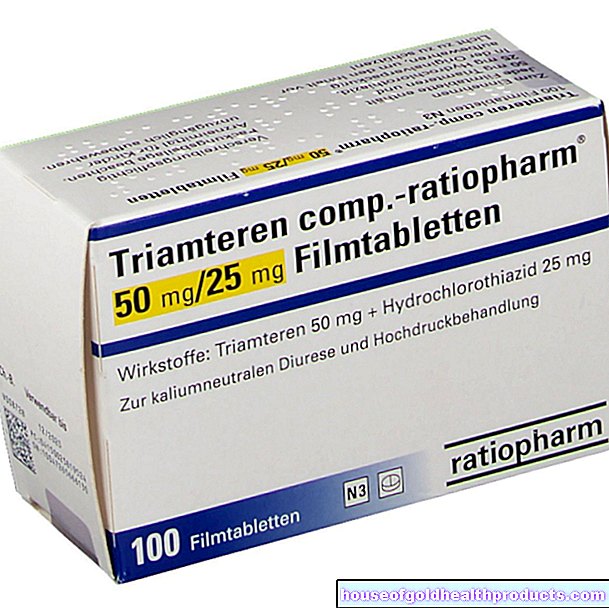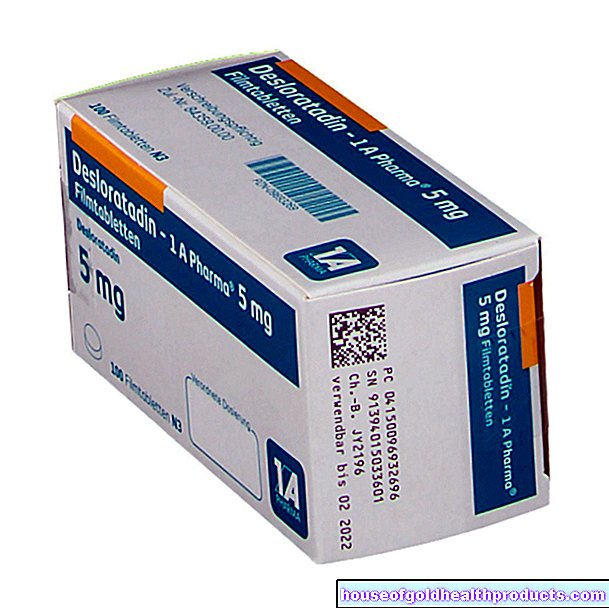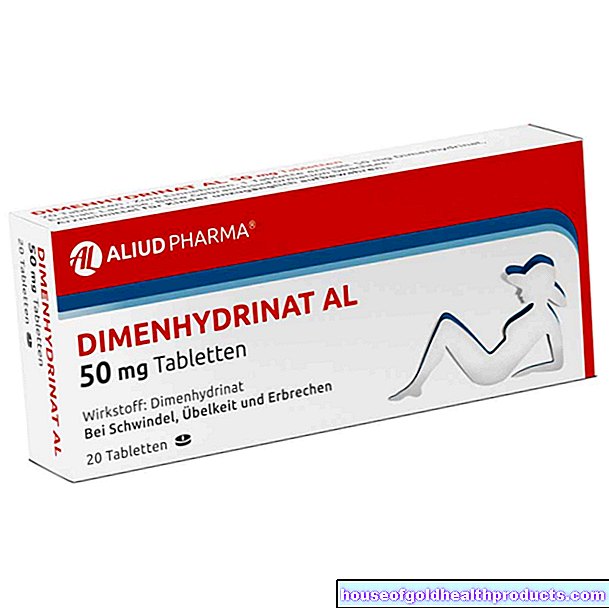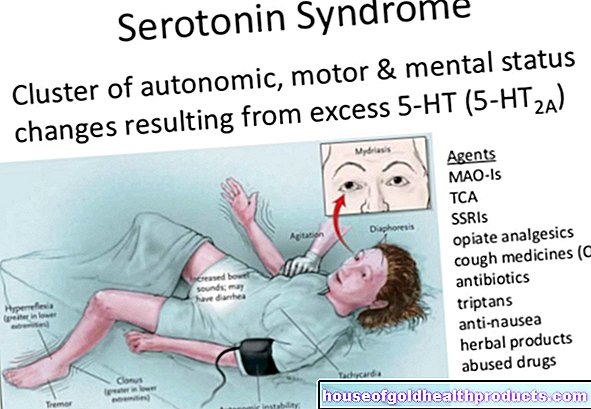Vitamin E works - but not for everyone
Christiane Fux studied journalism and psychology in Hamburg. The experienced medical editor has been writing magazine articles, news and factual texts on all conceivable health topics since 2001. In addition to her work for, Christiane Fux is also active in prose. Her first crime novel was published in 2012, and she also writes, designs and publishes her own crime plays.
More posts by Christiane Fux All content is checked by medical journalists.People are different - this is also reflected in the metabolism. How the body absorbs and processes certain substances varies greatly from person to person. This could also explain why the effectiveness of vitamin E was so different in different studies.
"Vitamin E is an antioxidant, it neutralizes cell-damaging free radicals", explains PD Dr. Andreas Koeberle from the Friedrich Schiller University Jena. Trapping free radicals inhibits inflammatory processes that favor a wide variety of diseases - from arthritis to asthma to heart attacks. Vitamin E is even said to protect against cancer. It works great in the laboratory. Animal experiments also confirm the effect.
Effect not always as hoped
The substance is therefore one of the most popular dietary supplements. But vitamin E does not always work as expected outside of research laboratories: "Not only do the positive effects often not occur in the expected strength, sometimes the administration of vitamin E even shows negative effects," says the biochemist. In 2007, the vitamin E euphoria suffered its greatest damper: A large meta-analysis showed that people took vitamin E supplements, even lived shorter lives.
Metabolism influences effectiveness
Koeberle and colleagues have now found a possible explanation for this: The vitamin is metabolized differently from person to person, according to a broad-based interdisciplinary study that the Jena researchers carried out together with partners from France, Austria and Italy.
In fact, it is not the vitamin itself, but a breakdown product that is crucial for the health-promoting effect, the researchers found: Alpha-carboxychromanol, as it is called, blocks a key enzyme in inflammatory processes (5-lipoxygenase, 5-LO for short). It thus plays a central role in inflammatory diseases.
Alpha-carboxychromanol is made in the liver. “The extent to which this happens varies greatly from patient to patient,” explains Prof. Oliver Werz, who led the study together with Koeberle. The level of the metabolic product in the blood of test subjects has a very large individual range. This could explain why the same amount of vitamin E has a certain effect on one person but significantly less on another.
Personalized medicine
In the future, it would be possible to determine the individually necessary amount of active ingredient depending on the type of metabolism. “Unfortunately, it's still too time-consuming,” Koeberle said in an interview with This requires very powerful mass spectrometers. Once technology becomes widely available, appropriate testing of all drugs that are administered would be appropriate.
Under certain circumstances, this could also be used to revive once promising active ingredients that performed well in animal experiments but failed in humans. One possible explanation is that the metabolism of humans and mice is very different. “Transferability is a critical point,” says Koeberle. What works for the mouse does not necessarily have to help people.
On the other hand, the animals are much more uniform in tests with regard to their genetic makeup and living conditions. And both have a massive influence on the metabolism of active ingredients. An active ingredient that fails in clinical experiments with many participants could therefore be quite beneficial for some patients. For others, it may just have to be dosed significantly higher or lower.
Personalized medicine is increasingly being discussed in specialist circles. “Such an approach is time-consuming, but absolutely necessary in the future,” says Koeberle.
New approach to anti-inflammatory drugs
The researchers now want to use the knowledge that alpha-carboxychromanol inhibits the inflammation-firing 5-LO to develop a new type of anti-inflammatory on this basis. There is already an approved drug that inhibits 5-LO. Because of its strong side effects, it can only be used to a very limited extent. A first candidate derived from alpha-carboxychromanol, which could be more tolerable, has already been patented.
Tags: digital health sleep hospital





























